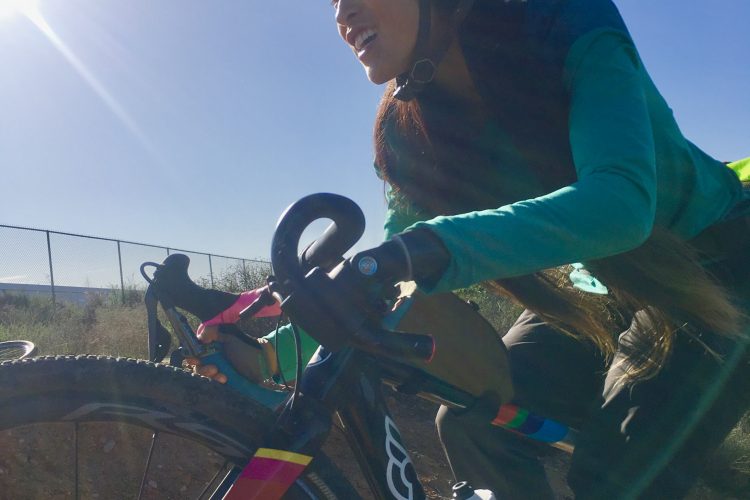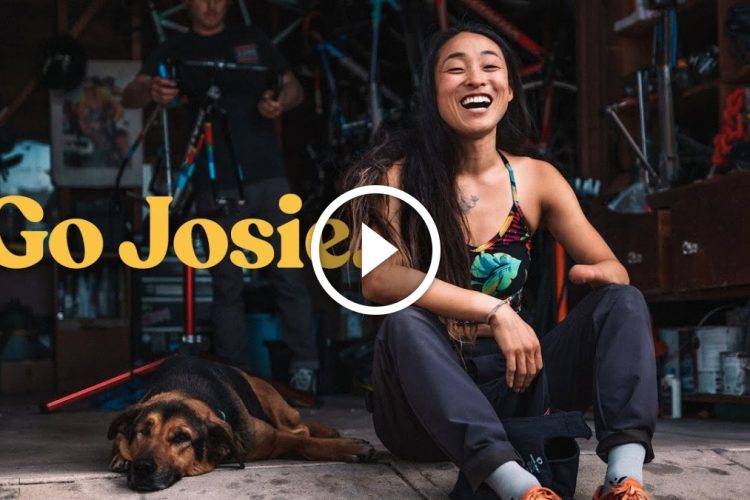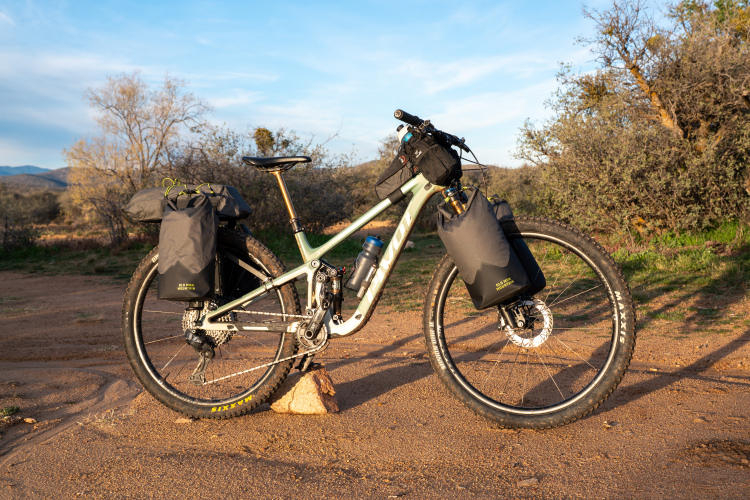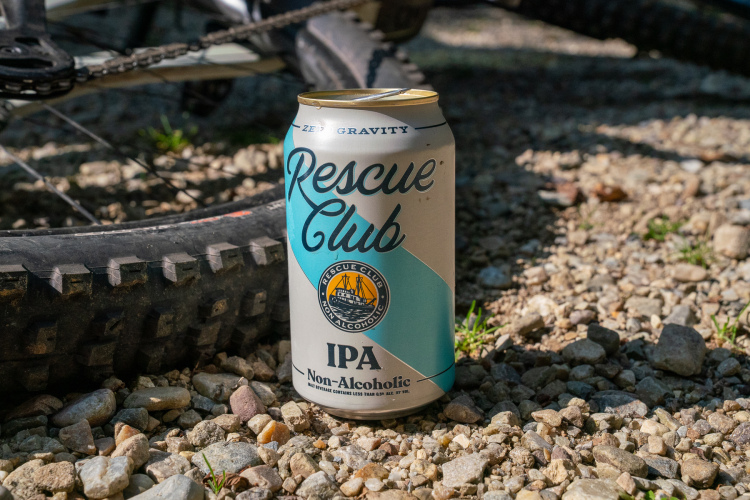
Josie Fouts had spent several years competitively racing road and track after falling in love with cycling during her 14-mile one-way bike commute. Then the pandemic hit, and like thousands of other people, she tried mountain biking for the first time since it adhered to social distancing guidelines.
“I kind of went on this self-discovery journey to try to mountain bike, and it ended up being so much better than road cycling or track cycling because you’re outdoors,” said Fouts
Fouts was on track (pun intended) to compete in the 2021 Tokyo Paralympics, and she was saddened to realize that mountain biking wasn’t yet a Paralympic sport. This kickstarted a mission to get mountain biking added to the Paralympics.
As Fouts began mountain biking, she realized that a prosthesis is required to handle the terrain changes inherent in mountain biking. Up to this point, Fouts had been vocally anti-prostheses due to the poor quality and the uncomfortable prosthetic interfaces. She decided to try out the latest in prosthesis and prosthetic technology. “It turns out the technologies from 20 years ago never changed,” said Fouts. “They gave me exactly the same thing I had when I was a kid when I rejected them.”

Riding the White Rim in less than 24 hours
In order to raise awareness for the poor state of prosthesis and prosthetic technology as well as to garner support for adding mountain biking to the Paralympics, Fouts devised a plan to ride the 100-mile White Rim Trail in less than 24 hours and turn it into a film, which she has dubbed “Tread Setters.”
While some riders can and do ride the White Rim in a single day, it’s still considered a formidable challenge for athletes who have no extra physical challenges. Most mere mortals choose to ride the White Rim in three or four days — I personally rode it as a four-day tour last fall.
Covering 100 miles of challenging terrain deep in Canyonlands National Park in less than 24 hours is a true accomplishment. Full stop, no qualifiers required.
Fouts didn’t want the film to focus on her alone — she wanted to raise awareness for other para-athletes in the community, and so she recruited a team of five athletes, five support riders, a support vehicle, and a five-person film crew to turn Tread Setters into reality.

20 miles of mud — just to get started
But the ride was far from easy. Their 100-mile ride began just days after catastrophic flooding closed access to the lowest portion of the White Rim Road. They began their ride just minutes behind a bulldozer clearing the mud from the road. While the bulldozer cleared the biggest obstacles in front of them, support riders still had to move many smaller obstacles for the athlete in a three-wheeled adaptive bike.
Oh, and despite the dozer’s work, they had to slip and slide through 20 miles of mud before they ever reached dry dirt.
“I think it’s a beautiful metaphor because there needs to be big entities to make this sport accessible,” said Fouts. “And so these big entities that are represented by bulldozers in the film, they’re like the cycling industry, it’s the medical field. It’s also the way that sponsorships work for athletes as well, right? We need these big players to pitch it. So they moved the giant boulders.
“Then there are still some parts that were passable to two wheels in front of each other, but not passable two wheels wide. We had one adaptive mountain bike that had three wheels, so we needed to clear the way for her. Our support crew, who were there on bicycles, they would go and spot or literally physically move the barriers in front of her. And again, that is another beautiful metaphor that was pictured here during the filming of Tread Setters. It’s not just the big bulldozers or the big entities that need to help clear the way. We also need people along with us, helping us with the little parts of the trail that inevitably change from day to day, or even from morning to night, especially with weather.”
Most people would have seen the nasty mud and called it a day, choosing to come back when the conditions were better. Not Fouts and her team. Despite downright terrible conditions, they persevered and completed the ride in just over 22 hours.
You need to watch this inspiring film for yourself:











1 Comments
Jun 9, 2024